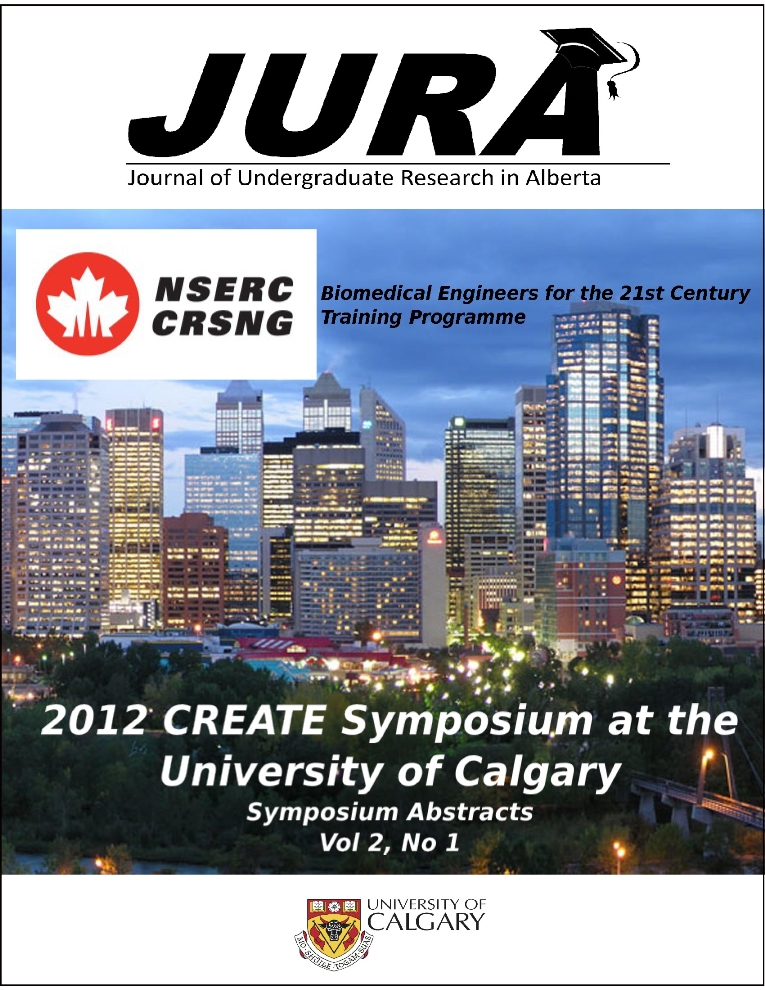Oxygen uptake in One and Two Skate Cross Country Skiing At Increasing Grades
Abstract
Skate skiing is a unique form of quadrupedal locomotion utilizing a sliding pair ofskis and a fixed pair of poles. Skiers tend to use the two-skate technique at slow speeds,the one-skate at intermediate speeds and then, surprisingly select the two-skate againat very high speeds. In a previous study on a flat terrain, we have shown that thisstrange behavior seems to minimize oxygen consumption since the two-skate techniquehad a lower oxygen consumption at both low and high speeds than the one skatetechnique. In the two-skate, poles are planted with every second skate stride whilein one-skate, poles are planted simultaneously with every skate stride (Smith, 2000).However, skiers are not limited to flat terrain; therefore, in this study we measuredthe oxygen consumption of the one- and two-skate techniques at a constant speedwhile changing the slope. We hypothesized that the one-skate would require lessoxygen consumption from 0 to 2% slope (at 12km/h) while two-skate would be moreeconomical on 4 to 6% slopes. Eleven nationally competitive cross country skiers wereasked to perform an incremental test on a rollerski treadmill. The speed was constantat 12km/hr and the grade was increased was from 0% to 6% grade by increments of 2%.At each grade, the skiers reached metabolic steady state for both techniques. Duringthe test oxygen consumption was continuously collected. No difference was found insteady state oxygen uptake for one- and two-skate for the grades tested. This resultsuggests that the oxygen cost of the one- and two- skate techniques is independent ofslope at 12km/h. We suspect that if the slope is increased to grades beyond 8%, the2-skate will become the more economical technique, however achieving steady state atslopes higher than 6% is exceedingly difficult.Downloads
Download data is not yet available.
Downloads
Published
2012-10-25
Issue
Section
Articles
License
Authors retain all rights to their research work. Articles may be submitted to and accepted in other journals subsequent to publishing in JURA. Our only condition is that articles cannot be used in another undergraduate journal. Authors must be aware, however, that professional journals may refuse articles submitted or accepted elsewhere—JURA included.


